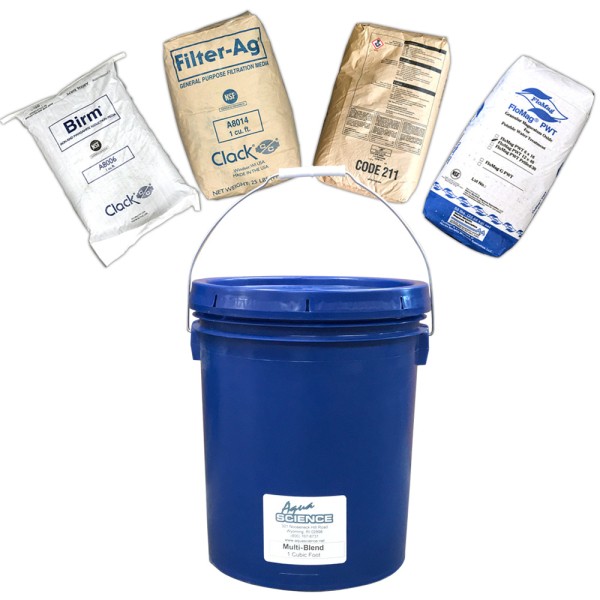
Water is essential for life, a fact we're all well aware of. However, what many people might not realize is that the water flowing from our taps, while seemingly clear and innocuous, can harbor hidden dangers. Among these potential threats are chlorine and chloramine—chemicals added to disinfect our municipal water supply. While their purpose is noble, their effects on our health and the environment can be significant and far-reaching.
The Disinfectant Dilemma
Chlorine and chloramine are two common disinfectants used by municipalities to keep our drinking water free from harmful bacteria and pathogens. Chlorine, the more well-known of the two, has been utilized for over a century due to its effectiveness in killing bacteria, viruses, and parasites. Chloramine, a combination of chlorine and ammonia, is also used for its disinfectant properties, often as an alternative to chlorine due to concerns about the byproducts it produces.
The Unseen Risks
While chlorine and chloramine serve a crucial role in making our water safe to drink, their presence can lead to a host of unintended consequences:
1. Health Impacts:
- Respiratory Issues: Chlorine and chloramine can vaporize in the shower, leading to respiratory problems, especially for those with asthma or other respiratory conditions.
- Skin Irritation: Showering or bathing in chlorinated water can cause dry, itchy skin and exacerbate conditions like eczema.
- Digestive Discomfort: Some individuals may experience gastrointestinal issues after ingesting chlorinated water.
Weakened Immune System:** Prolonged exposure to these chemicals may weaken the body's immune response over time.
2. Environmental Concerns:
- Toxic Byproducts: When chlorine reacts with organic matter in water, it forms disinfection byproducts (DBPs) such as trihalomethanes (THMs) and haloacetic acids (HAAs). These compounds are known to be carcinogenic.
- Impact on Aquatic Life: Discharged chlorinated water can harm fish, amphibians, and other aquatic organisms, disrupting ecosystems.
Soil Contamination: Chlorinated water used for irrigation can leave residues in soil, affecting plant growth and health.
Solutions for Safer Water
Fortunately, there are ways to mitigate the risks associated with chlorine and chloramine in our water:
1. Filtration Systems: By Aqua Science such as:
- Activated Carbon Filters: These filters can effectively remove chlorine, chloramine, and their byproducts from water, improving taste and odor.
Reverse Osmosis (RO) Systems: RO systems can remove a wide range of contaminants, including chlorine, chloramine, heavy metals, and more.
2. Showerhead Filters:
- Installing a shower head filter can reduce chlorine exposure during showers, protecting skin and respiratory health.
3. Boiling and Aeration:
- Boiling water for cooking or aerating it by letting it sit exposed to air can help dissipate chlorine.
4. Water Testing:
- Regularly testing your water for chlorine, chloramine, and other contaminants can provide valuable insights into its quality.
As consumers and stewards of our health, it's crucial to be informed about the water we consume daily. While chlorine and chloramine serve a vital role in safeguarding our water supply, their potential health and environmental impacts cannot be ignored. By exploring water filtration options, from Aqua Science, advocating for safer water practices, and staying informed about local water quality reports, we can take steps to protect ourselves and future generations from the hidden risks lurking in our taps.
In conclusion, the silent intruders—chlorine and chloramine—may be unseen, but their effects are real. Let's raise awareness, prioritize water safety, and work towards cleaner, healthier water for all.
Stay informed. Stay safe. Cheers to cleaner water!
This blog aims to shed light on the harmful effects of chlorine and chloramine in our water supply, offering insights into their potential health and environmental impacts. The piece provides practical solutions for mitigating these risks and emphasizes the importance of staying informed and advocating for water safety.








Validate your login